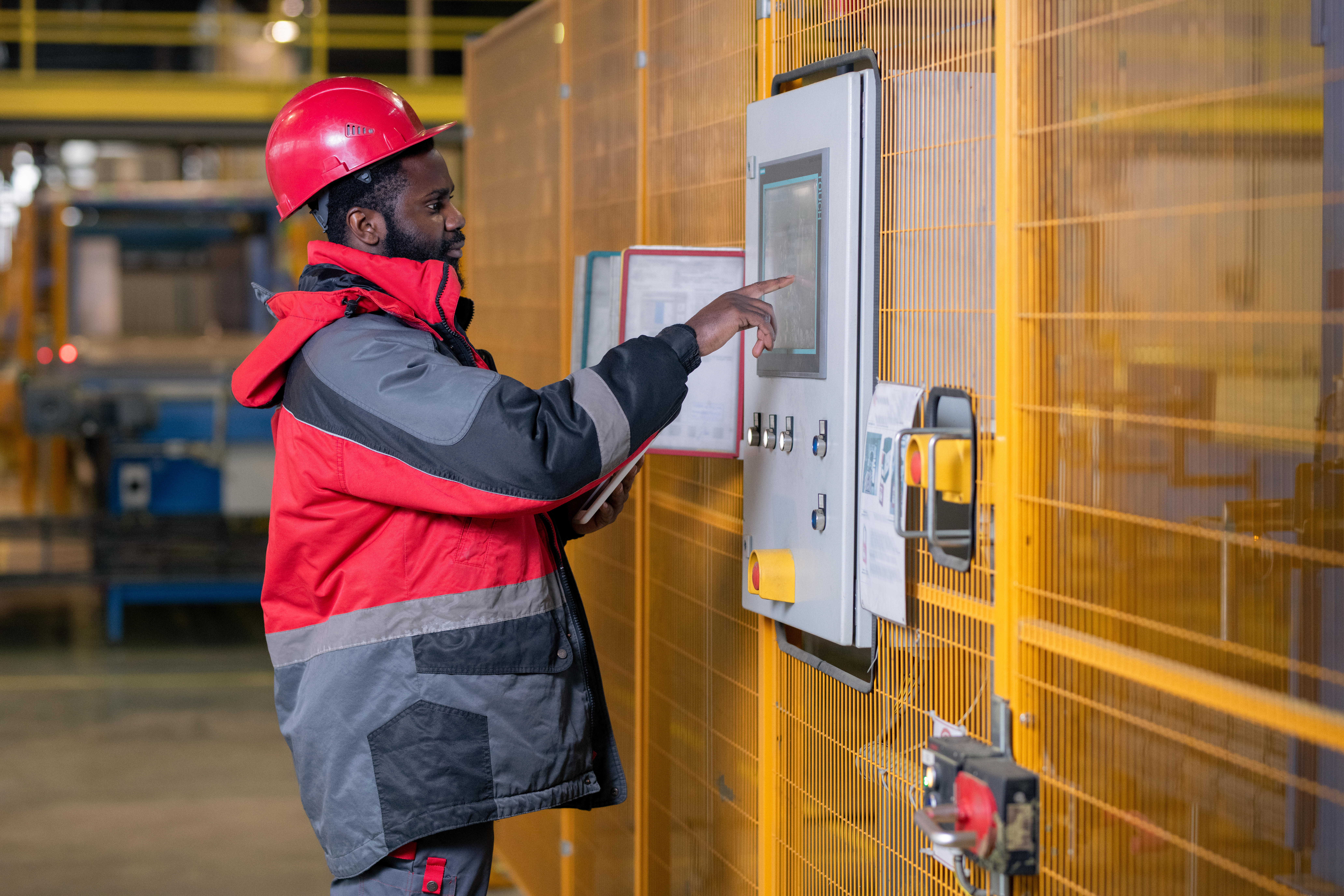
Your employees are focused on doing their jobs. Of course they want to do their job safely, but they also have productivity metrics and other drivers that are sometimes in a passive conflict with a safety mindset. There is a better way to train employees, and SafetyNow has built a process for instructor-led safety training that has been shown time and time again to reduce accidents & incidents by an average of 47%, while also reducing liability premiums and other costs. FIND OUT MORE...
New & Trending
Cave-ins are the most common and most feared trenching hazard, with good reason. Just one cubic yard or one cubic metre of soil can weigh as much as a car. If you were buried under that type of weight during a trench collapse, the crushing force of the dirt would suffocate you in as little as three minutes, even if you were only buried chest deep.
When a trench or excavation is cut into the earth it is never a matter of if it will collapse but when it will collapse. Unless it’s solid rock, an unsupported trench or excavation will always pose a cave-in risk.
How to Protect Yourself
- Locate underground utilities prior to digging.
- Never go into an open dig that does not have a safe way in and out.
- Ladders, steps or ramps should be provided for all trenches.
- If you don’t see a safe way in and out, don’t go in.
- Check with federal, state and provincial laws for exact requirements for safe means of access and egress.
- Never go into an open trench or excavation that does not have a protective system such as sloping, shoring or a prefabricated support system (a trench box or shield).
- Stay alert to these hazards:
- Moving equipment and vehicle traffic
- Trip hazards, such as rocks, tools and cords
- Standing or rushing water
- Underground and overhead utilities
- Confirm that a competent person has inspected the trench or excavation daily and whenever conditions change—for example, after it rains or when the dig area is exposed to vibration from heavy equipment.
- Equipment and piles of dirt and rock should be kept at least three feet, or one metre, away from the edge of the excavation or trench.
- Always wear all required personal protective equipment (PPE).
Final Word
Don’t get buried under your work. Dig deep and work safely in trenches and excavations.
-->







